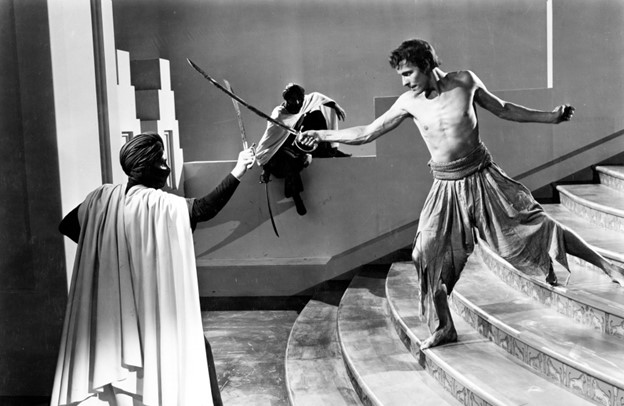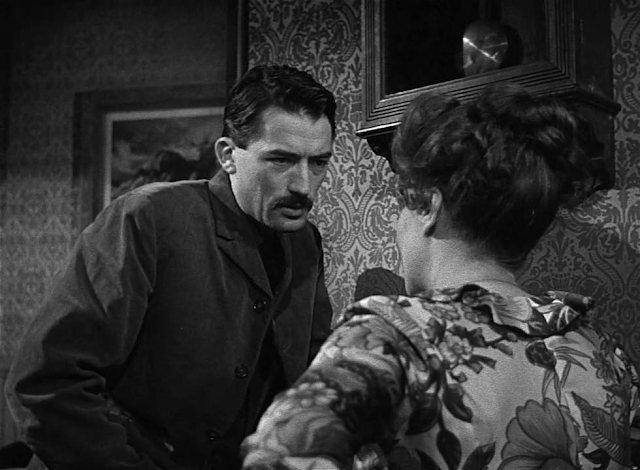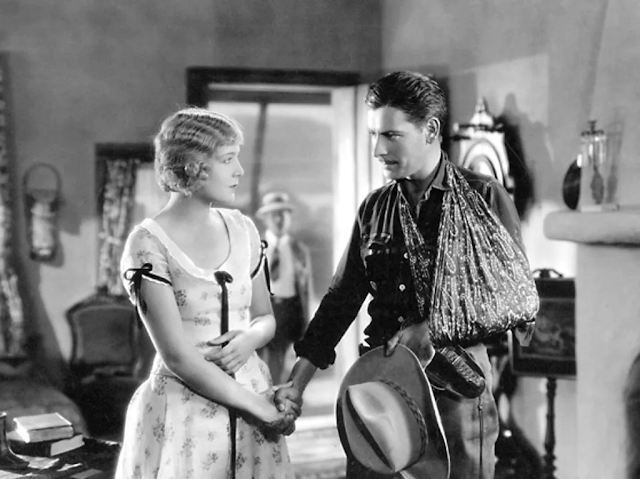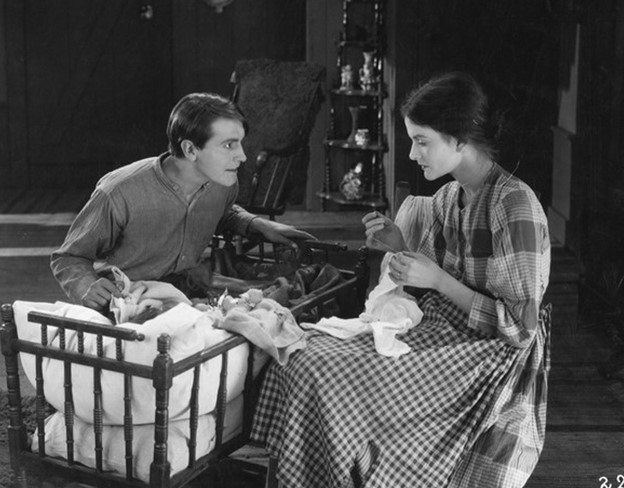The Roaring Twenties (1939)
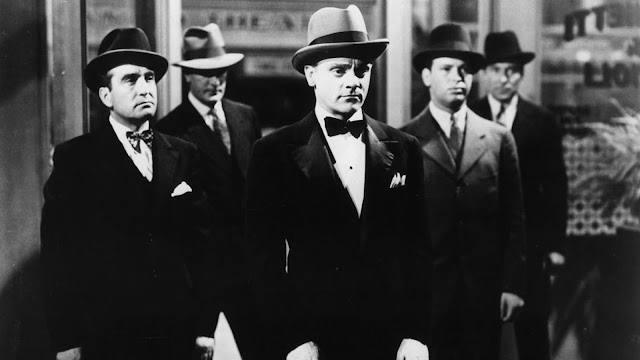
Raoul Walsh's "The Roaring Twenties" Throughout the 1930s, Raoul Walsh continued to direct pictures for Hollywood, albeit not large-scale productions. Also during the 1930s, especially the early part of the decade, was a rise in popularity of the gangster film genre. The genre was jam-packed with violence and always included a 'bad guy' as its lead protagonist. The films were often viewed as very sensational, which was a recipe that audiences flocked to during the Great Depression of the early 1930s. However, after the Hayes Code took effect in 1934 and general economic welfare began to rise again, the gangster genre began to die down altogether. In 1939, Raoul Walsh directed " The Roaring Twenties ," a film that pays homage to the classic gangster genres of the early 30s. Not only this, it seems to thematically suggest the end of the gangster genre, as it also parallels this to the end of Prohibition and the 1920s altogether. The film stars James Cag


